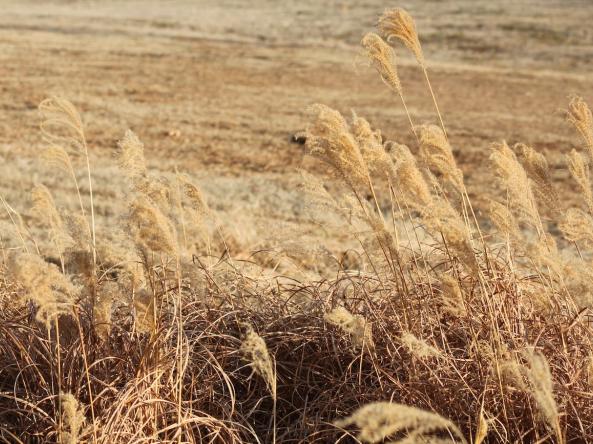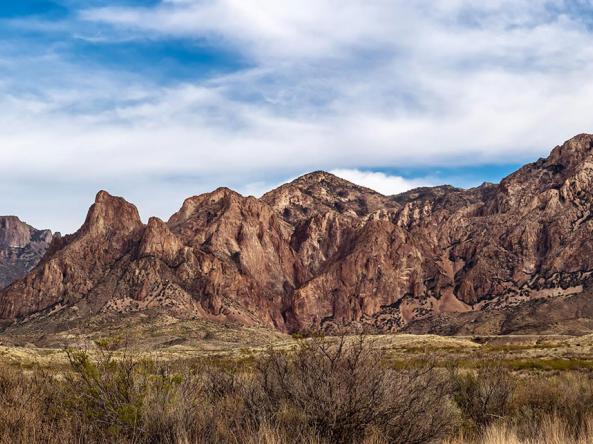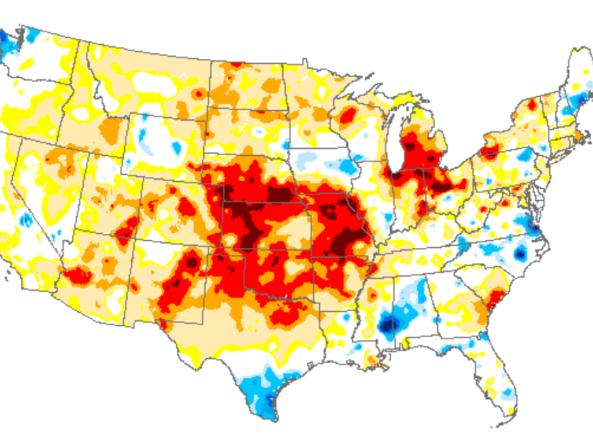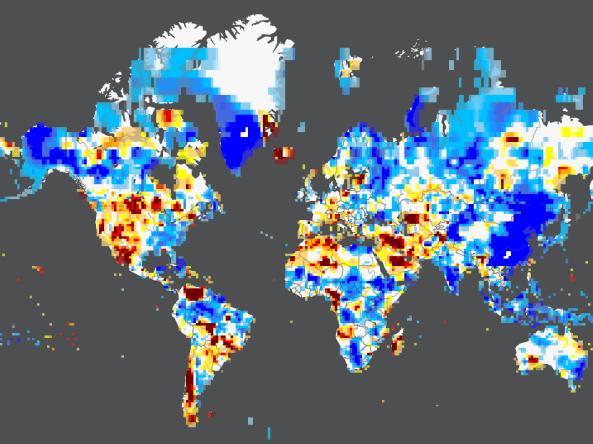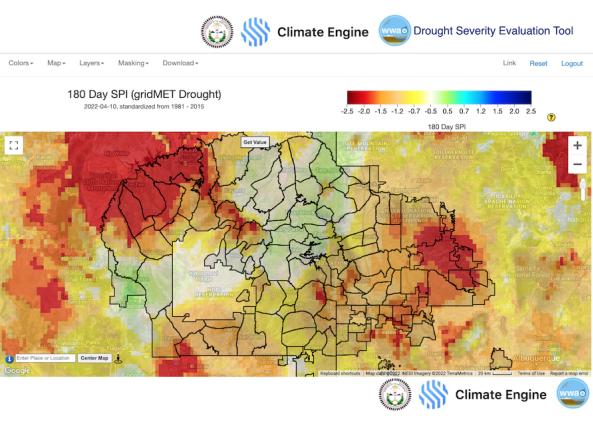For the latest forecasts and critical weather information, visit weather.gov.
The NOAA Regional Collaboration Network hosted a special webinar on September 9 designed to share experiences and information about NOAA’s role related to drought. From learning about the National Integrated Drought Information System (NIDIS), to understanding flash drought, or how drought relates to salmon recovery—attendees heard straight from the experts on a wide array of drought-related topics! In addition, presenters addressed questions from the audience.
NOAA’s National Integrated Drought Information System (NIDIS) and National Integrated Heat Health Information System (NIHHIS) co-hosted two webinars in collaboration with their federal, tribal, state, and local partners, focused on drought and heat in the West and the Southern Plains. The second webinar, held from 2 p.m. to 3:45 p.m. CT on July 21, focused on the Southern Plains (Kansas, New Mexico, Oklahoma, and Texas).
NOAA’s National Integrated Drought Information System (NIDIS) and National Integrated Heat Health Information System (NIHHIS) co-hosted two webinars in collaboration with their federal, tribal, state, and local partners, focused on drought and heat in the West and the Southern Plains. The first webinar, held from 10 a.m. to 12 p.m. MT on July 21, focused on the Western U.S. (Southwest, California, Pacific Northwest, Missouri River Basin, and Alaska).
Drought in Oklahoma began in fall 2021 and has expanded and worsened during early 2022. The U.S. Drought Monitor shows over one-third (36%) of the state in Extreme (D3) Drought and nearly a tenth (9.4%) in Exceptional (D4) Drought. During this webinar, Gary McManus, the Oklahoma State Climatologist, and Victor Murphy, from the National Weather Service, talked about current drought conditions, the long-range forecast, and the impact recent precipitation had on drought conditions across the state.
Drought in Texas has expanded and worsened during early 2022. The US Drought monitor shows 53.5% of the state in Extreme (D3) or Exceptional (D4) drought, the highest percentage since February of 2012. In this webinar John Nielsen-Gammon, Texas State Climatologist, and Victor Murphy, with the National Weather Service, talked about current drought conditions, the long-range forecast, and the impact recent precipitation had on drought conditions across the state.
Despite recent rainfall, drought in western Oklahoma has expanded and worsened during early 2022. As of April 19, 2022, the U.S. Drought Monitor showed over one-third (36%) of the state in extreme (D3) drought and nearly a tenth (9.4%) in exceptional (D4) drought. During this webinar, Gary McManus, the Oklahoma State Climatologist, and Victor Murphy, from the National Weather Service, spoke about current drought conditions, the long-range forecast, and the impact recent precipitation might have on drought conditions across the state.
Drought in Texas has expanded and worsened during early 2022. As of April 12, the U.S. Drought monitor showed nearly 50% (49.1%) of the state in extreme (D3) or exceptional (D4) drought, the highest percentage since February of 2012. During this webinar, John Nielsen-Gammon, the Texas State Climatologist, and Victor Murphy, from the National Weather Service, talked about current drought conditions, the long-range forecast, and the impact recent precipitation might have on drought conditions across the state.


